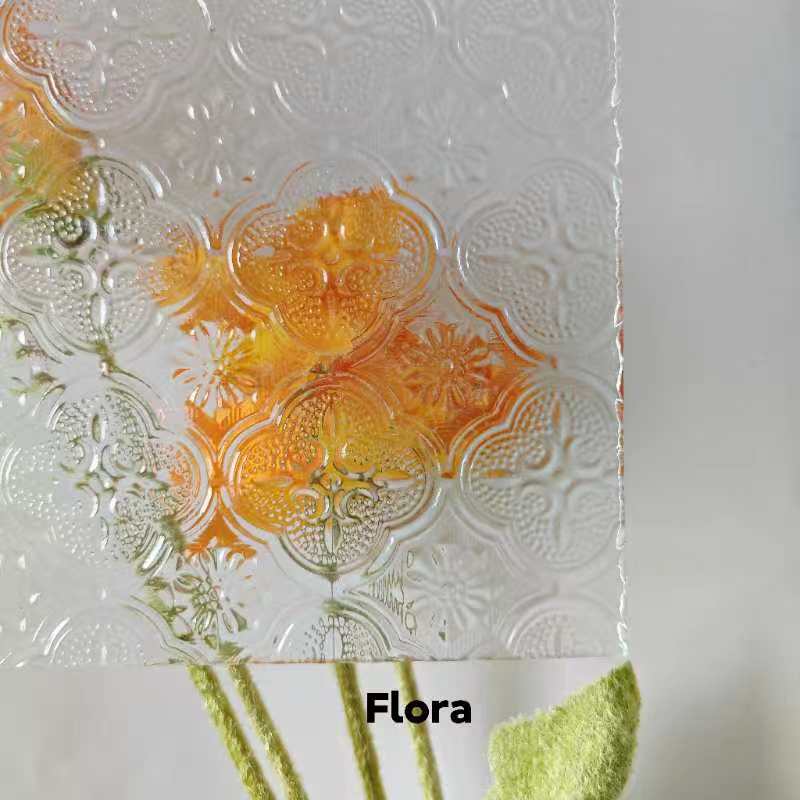

Understanding 4mm Low-E Glass Benefits, Applications, and Features
In the world of modern architecture and construction, energy efficiency plays a pivotal role in design and material selection. Among the myriad of materials used for windows and façades, 4mm Low-E (low emissivity) glass has gained considerable attention. This glass not only enhances aesthetic appeal but also significantly contributes to energy savings and thermal comfort in buildings. This article aims to delve into the properties, benefits, and common applications of 4mm Low-E glass.
What is Low-E Glass?
Low-E glass has a special coating that reduces the amount of infrared and ultraviolet light that passes through it without compromising the amount of visible light. This coating reflects heat back to its source, whether it’s in a residential or commercial building, thereby improving energy efficiency. The Low-E refers to the low emissivity of the glass, signifying its ability to minimize heat transfer.
Characteristics of 4mm Low-E Glass
The thickness of 4mm in Low-E glass is significant for several reasons. First, the thickness provides adequate strength and durability, suitable for various structures including both residential and commercial buildings. The thickness allows for better thermal insulation properties when used in conjunction with argon or krypton gas fills between double-glazed units.
The Low-E coating is typically made from microscopically thin layers of metal or metallic oxide, which increases the glass’s energy efficiency. This glass can achieve impressive energy performance ratings, making it suitable for various climates.
Benefits of 4mm Low-E Glass
1. Energy Efficiency One of the main benefits of using 4mm Low-E glass is its ability to reduce energy consumption. The reflective coating minimizes heat loss in winter and minimizes heat gain in summer. This attribute helps maintain a comfortable indoor temperature throughout the year, reducing the reliance on heating and cooling systems.
2. UV Protection Low-E glass effectively blocks harmful UV rays. This protection helps in reducing fading of furniture, flooring, and artwork, as it allows only a minimal amount of UV radiation to penetrate through the glass.
3. Enhanced Comfort With better thermal regulation, buildings that utilize 4mm Low-E glass tend to have fewer cold spots and hot flashes. This contributes to a more uniform indoor temperature, enhancing overall comfort for occupants.

4. Cost Savings While the initial investment in Low-E glass may be higher than standard glass, the long-term savings on heating and cooling bills can be substantial. Additionally, due to its durability and performance, 4mm Low-E glass can increase the overall lifetime of the windows.
5. Noise Reduction The thickness of 4mm also aids in noise reduction. This is particularly beneficial in urban settings or areas with high levels of external noise, contributing to a quieter indoor environment.
Applications of 4mm Low-E Glass
4mm Low-E glass is versatile and can be used in various applications
- Residential Windows Homeowners increasingly opt for Low-E glass in new builds and renovations due to its energy-saving potential and comfort benefits.
- Commercial Buildings Offices and commercial spaces are utilizing Low-E glass for facades, curtain walls, and windows to improve energy efficiency and reduce operational costs.
- Skylights and Roof Glazing Low-E glass can be used in skylights to allow natural light while reducing heat gain, making it an excellent choice for sustainable design.
- Shower Doors and Partitions Beyond energy efficiency, Low-E glass adds a touch of elegance and clarity, making it popular in bathrooms and other interior applications.
Conclusion
4mm Low-E glass stands out as a highly effective building material that addresses modern demands for energy efficiency and comfort. Its unique properties make it an ideal choice for a variety of applications in both residential and commercial settings. As the construction industry continues to focus on sustainability and reduced energy consumption, materials like 4mm Low-E glass will undoubtedly play a crucial role in shaping the future of building design. By choosing Low-E glass, property owners not only enhance the aesthetic value of their spaces but also make a significant contribution towards a more sustainable and energy-efficient future.